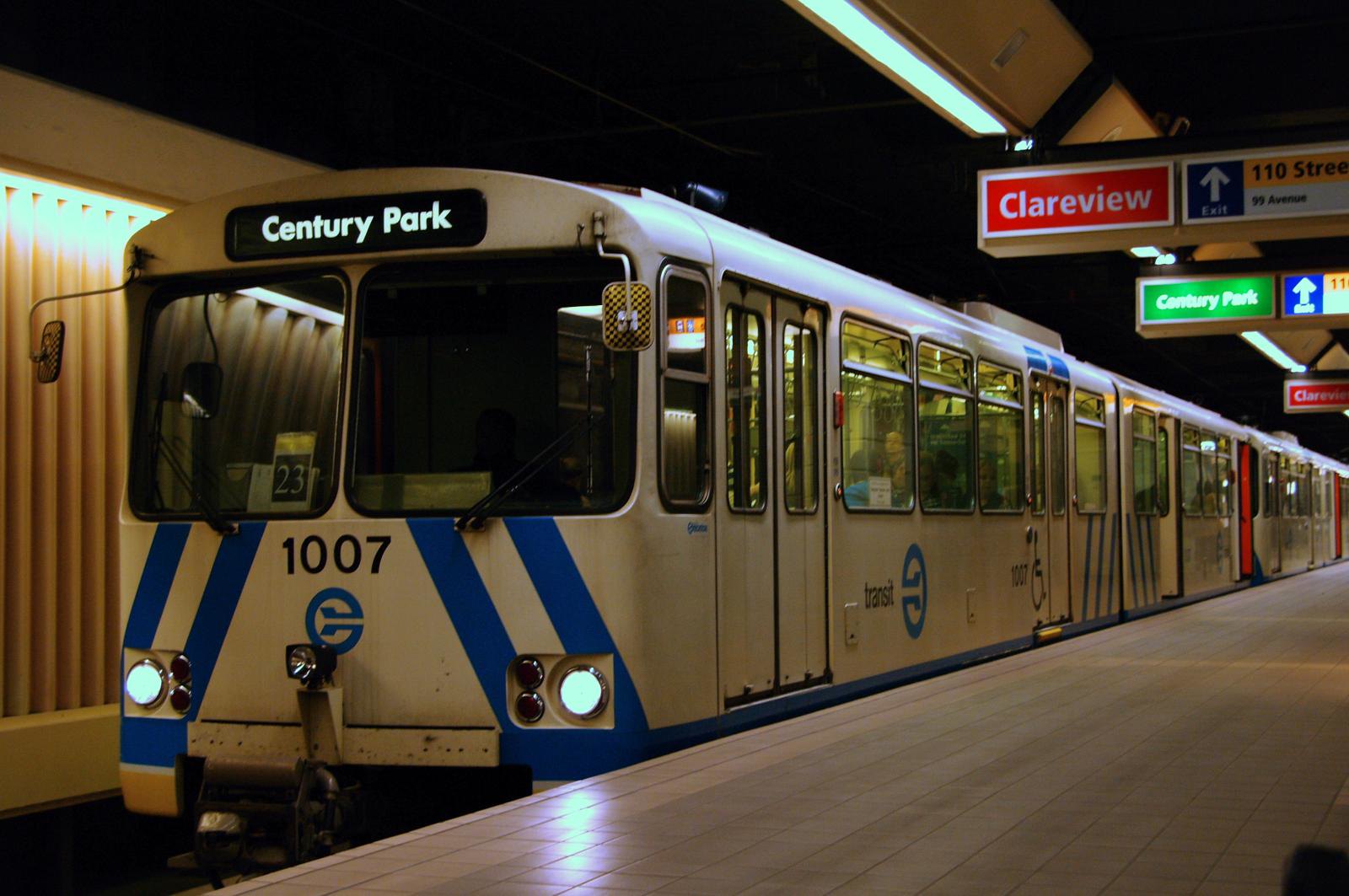Until recently, Boyle Street Community Services staff had been handing out various harm reduction tools to people who wanted and needed them at Edmonton Transit Services (ETS) stations. Now, the city of almost a million inhabitants in Alberta, Canada, has barred the charity from distributing sterile syringes and pipes through the program.
After CBC Edmonton broke the story in mid-February, Ryan Birch, director of bus operations with ETS, confirmed in an email to Filter that Boyle Street stopped distributing syringes and pipes as of February 1, though other supplies are still available.
According to Birch, the city contracted Boyle Street to hand out syringes, pipes, naloxone, food, and other items in ETS stations starting in spring 2022. The move was “part of the city’s commitment to safe, convenient and reliable transit for riders and visitors,” he wrote.
Then, last June, Edmonton City Council voted to change the Conduct of Transit Passengers bylaw. The change prohibits the visible use of illicit substances in transit places and “strengthens existing rules around the inappropriate and unsafe use of transit property,” Birch wrote. The city’s interpretation of that changed bylaw has now resulted in the ban.
“Going back to stop people from distributing needles, it’s so regressive.”
“It’s really an antiquated, antiquated way of thinking that is not based in the evidence,” Petra Schulz, co-founder of local harm reduction organization Moms Stop the Harm, told Filter in response.
“This clarified approach recognizes that even when the distribution of these supplies is combined with messaging about where to use and not use, open drug use in the spaces continues to result in safety concerns and exposure to potential harm,” Birch continued. “We anticipate this clarification will prevent negative interactions between those working in transit spaces and those turning to transit spaces to consume drugs.”
Boyle Street staff are currently still allowed to distribute naloxone, food and educational materials at ETS stations. Birch added that he couldn’t say whether the city will allow them to distribute pipes or syringes again in the future. Boyle Street Community Services declined Filter‘s request to comment.
According to Schulz, the city may think that taking these supplies away will cause drug use to move away from the transit stations. But it will more likely continue regardless—it will just be less safe, she said.
She noted the long history of syringe provision, and the robust evidence of its efficacy in preventing HIV transmissions and infections among people who might otherwise share or reuse needles. “This is like the dark ages. I mean, giving people clean needles is something that came out of the HIV/AIDS movement. Going back to stop people from distributing needles, it’s so regressive.”
Schulz explained that people may use drugs in transit stations or on public transit vehicles specifically for their safety.
Handing out clean pipes for the inhalation of drugs is similarly beneficial, when sharing them can also result in the spread of bloodborne diseases like hepatitis C, she said.
Schulz explained that people may use drugs in transit stations or on public transit vehicles specifically for their safety. The government of Alberta is notably hostile to harm reduction, and has been shutting down supervised consumption sites (SCS)—including, in 2021, an SCS in downtown Edmonton that was operated by Boyle Street. Because of this, some people who previously had a safe space to use drugs no longer do. Using in an isolated place decreases the chance someone will be present to reverse a potential overdose. On transit systems, there are other people around.
This isn’t the first time that ETS, in particular, has been the focus of controversy around drug use and harm reduction. Last May, Filter reported on a police officer publicly sharing an image of a person who appeared to be freebasing or smoking an undetermined drug on an ETS light rail transit car. The city had ramped up policing on the transit system, in response to some residents’ complaints about witnessing public drug use and despite harm reductionists’ criticism of the move. ETS was also creating what it called opioid response teams—which the Boyle Street effort is a part of—and displaying safety information.
But the new ban, harm reductionists point out, will do the opposite of improving safety.
In the long run, Schulz believes that another of its negative impacts will be to increase the burden on the health care system. Birch’s email noted that health care falls within the purview of the province.
If the city does not want public drug use, Schulz emphasized, there need to be safe places, like SCS, available for people to use drugs. Related needs, she said, include better housing programs and, ideally, a safe and regulated supply of drugs to help people avoid using the dangerously adulterated illicit supply. Instead, the city’s latest decision is “really regressive thinking that is not based on evidence.”
Photograph by Kurayba via Flickr/Creative Commons 2.0





Show Comments